A lead magnet is a free offer you make in exchange for an email address (and possibly additional information).
Lead magnets are also called:
- Signup incentives
- Signup offers
- Freemiums
- Content upgrades
- And many other terms
One well-respected digital marketer calls them “an irresistible bribe.” Sounds seedy to me. Lead magnets are above-board and have always been a powerful tool in the marketer’s arsenal. They’re especially golden in digital age because we can satisfy the reader’s request in an instant.
What’s the purpose of a lead magnet?
The purpose of a lead magnet is to inspire the people who are consuming your content to get on your email list. You’ll aim to convert them to customers in the future with lead nurturing tactics, most notably, email.
Offering lead magnets is a vital part of the content marketing formula that builds a more loyal audience, and in turn, effectively builds your business.
Why ask for an email instead of credit card?
“Hello. Can I have some money? God bless you.”
Sounds more like panhandling than an effective approach to digital marketing, doesn’t it?
See, only 2% of first-time website visitors make purchases—and that applies to carefully crafted websites optimized for conversion.
What do the rest do? They leave. They were just browsing. Maybe, just maybe, they’re researching and considering your solution, or something similar.
So if the overwhelming majority of visitors to your website aren’t yet in buy mode, you’re likely to chase them away by pushing your product or service on them.
What do you do instead? You ask for an email address.
In doing so, you’re asking for permission to stay in touch. Your challenge, of course, is to build a relationship, to earn their trust. This takes time. And usually, repeated touches.
But you still have some selling to do
Though the people joining your list aren’t necessarily parting with their money, by merely handing over their email address they’re investing some level of trust in you. They expect you to reciprocate by delivering value.
First, you need to sell them an idea.
Visitors won’t give your their email address simply because you’ve placed a form in their path that reads, “Enter your email address here” or “Sign up for our newsletter.”
Where’s the value proposition? Where’s the magnetism? Where’s the reason to comply?
Again, earning an email opt-in requires making an attractive offer and compelling call-to-action.
Front, center and first on my homepage is an offer to “Get The Planner,” as well as messages that positions it as a must-have—and FREE—resource.
What makes your offer magnetic?
Relevance.
Your reader is looking to solve a problem. Your first clue for what the problem is should come from the page the reader’s on, the content being consumed.
Let’s look at what’s going on here and now—on this page. You’ve dived 400+ words deep into a post written and designed to answer fundamental questions about lead magnets.
My keen sense of deduction suggests:
- You’re curious about lead magnets
- You haven’t mastered them yet
- You’d like to know more about creating them
- You may want to see some examples
- You may want to learn some short cuts
- You may want evidence to prove creating lead magnets is worthwhile
- You may want to know what to do after you capture an email address with a lead magnet
- It’s possible you want help creating lead magnets
If my deductive skills are any good, I might succeed by offering you:
- An eBook with content to cover all of the above
- A video that speaks to one or more of the above
- A mini-course delivered via email
- A look book showcasing great lead magnets
- A consultation specifically about developing lead magnets
- Research about lead magnets
- Templates for creating lead magnets
- A list of resources to help you create lead magnets
- A webinar I’ve given on the topic
- A cheat sheet or checklist based on this post for you to reference later
It didn’t take me more than a few minutes to knockout the list above. And I could go on and on.
Keep the following ideas in mind when you’re creating your lead magnet:
Results—Captivate your prospects with a lead magnet promising to move the reader closer to a desired result.
Specificity—Don’t be vague. Tell readers exactly what they’ll get. Be ultra-clear about the benefit of signing up to receive your free content.
- This title is vague: An Introduction to Lead Magnets
- This one’s specific: 25 Lead Magnets That Will Double Your Email List
Instant gratification—Everyone wants shortcuts—the fast track—lessons that can be immediately applied. An email course is an example of a lead magnet where the gratification comes slowly.
If you choose to make an offer with a “drip” strategy (where your content is delivered gradually in a sequence), highlight the benefit of the first segment. For instance, if I were to promise you a 12-part series on lead magnets I might tell you the first message offers 10 simple templates to create a lead magnet in under an hour.
Authority—A lead magnet is often the entry point into your marketing funnel. Deliver content that demonstrates you’re an expert. Don’t be afraid to give away your top tips.
Value—Free or not, the content you create must be valuable. Aim to make it so valuable people would pay for it if asked.
Should you think small?
As a content marketing consultant, copywriter and creative director, planning and creating lead magnets is something I’m called on to do often. I get excited about these projects. Generating leads is marketing priority number one and a specialty of mine.
I like to think big. That is, I like to recommend the development of big, juicy, evergreen content. I don’t mean to minimize the importance of the “quick-fix” lead magnet variety, say a checklist, but more often than not, I’ll propose a more substantial strategy, commonly eBooks or white papers.
There seems to be a growing trend toward offering short, easy-to-create reference materials. In fact, several conversion experts I respect insist a lead magnet is more appealing if it’s a fast read (or view). I disagree.
While I think an experienced content marketer that has established the ability to publish quality content often might benefit from frequently offering bite-sized stuff, most will do better to offer more than a mouthful. Most need a superstar lead magnet to deliver the weighty lessons it takes to establish unequivocal authority.
10 lead magnet tricks in my bag
I could offer you a long list of lead magnet ideas—and I will. (In fact, I’ll do so in the form of a lead magnet at the bottom of the page.) However, in the list that follows, I’m going to share with you the types of lead magnets and strategies that I tend to do to market my business as well as my clients.
Ebook
An eBook is a stellar choice for your first lead magnet. The eBook is a flexible format and you have great room for creativity. The most popular style, of course, is the “how to” guide or some variation of it.
While you can present your eBook content a variety of ways online, the PDF format remains the popular favorite, as your readers will want to save it for future reference.
eBooks can be easily be created by gathering multiple blog posts addressing a specific topic or related topics into one publication. Or you might work the strategy in reverse: create a multi-chapter eBook, and after, publish multiple blog posts based on it.
 I’m a fan of the eBook as a lead magnet because a thorough, well-written publication helps establish authority on your topic. Pictured here are three examples of eBooks I’ve created for clients and Feldman Creative (the last one).
I’m a fan of the eBook as a lead magnet because a thorough, well-written publication helps establish authority on your topic. Pictured here are three examples of eBooks I’ve created for clients and Feldman Creative (the last one).
Assessment
Interactive content has come on strong in recent years. Quiz-style assessments are among the most useful for potential buyers.
A strategically designed assessment helps your reader better understand his or her challenge. Often, the results help the reader self-qualify for specific solutions you recommend. Behind the scenes, assessments are golden to marketers and sales people because they deliver data about each prospect and are often lead-scored
This (somewhat lightweight) parenting assessment scored a mind-boggling number of email lead captures for app company Funifi.
Case study
Case studies or customer success stories are a staple of modern marketing and therefore may be too much of a commodity to “gate” with a form. Or not.
Many companies do well with case studies. The reasons are fairly fundamental:
- Your prospects like learning how other companies solve problems.
- Case studies often include useful findings and data readers also crave.And above all…
- People like to read about people, plain and simple.
You may be reluctant to gate a basic case study, which could simply be a web page—and probably should be. I believe you’ll do better to package multiple case studies, with some sort of story line or connective tissue, into something juicier and worthy of an opt-in.
Is a customer case study worthy of a form? It could be. Here’s a 3-page story I wrote for Brightcove with a compelling headline, storytelling style and details readers will opt-in to get.
Cheat sheet
I love me a cheat sheet. Don’t you? Cheater.
A cheat sheet’s a list, hopefully a good list of useful ideas, which will save you time or help achieve some other desirable outcome.
I think the formula for acing this form of lead magnet is this one-two punch:
- Create a great, detailed list-based blog post or asset of some sort.
- Abbreviate it, simplify, or sexify it somehow into a something save-worthy.
 Your Cheat Sheet for Writing Headlines is an infographic that abides by the simple strategy I explained above and has been downloaded 10s of 1000s of times.
Your Cheat Sheet for Writing Headlines is an infographic that abides by the simple strategy I explained above and has been downloaded 10s of 1000s of times.
Checklist
Does a checklist differ enough to warrant a separate listing? Maybe. We’re talking psychology here and checklists fulfill your readers’ innate need for order and process.
Checklists work.
 “Cranking Your Ranking: 21 Point SEO Blog Post Checklist,” is one of the many checklists or tip sheets I’ve created to capture leads via my blog. Lists are highly magnetic. People crave order and simplicity.
“Cranking Your Ranking: 21 Point SEO Blog Post Checklist,” is one of the many checklists or tip sheets I’ve created to capture leads via my blog. Lists are highly magnetic. People crave order and simplicity.
Course
I’m a fan of the free course approach for your lead magnet. Here again, your options are many.
- You could offer any length course: 3 lessons or 30.
- Content might be copy, video, audio, graphics or any combination.
- You could deliver instant access to all the content or “drip” it in a series of autoresponder emails.
What’s most important is to focus on delivering a solution to one of your customer’s most pressing problems. A great way to identify a would-be course is to analyze your site looking for content that has proven magnetic. Can you uncover three or more pieces with the same theme? Bingo. You have a small and valuable course.
- Substantial works, such as an eBook, white paper, or webinar can be easily repurposed as a mini-course.
- A great benefit of this approach is the repetitive touches inherent in the strategy. You’ll build trust with those that sign-up and get engaged with your course.
- In the process of delivering the course, or in its final lesson, you could attempt to “close” with a call to action prompting the recipient to make a purchase.
 New subscribers to my list are currently offered an 11-part series on content marketing, which features many of my most popular posts and resources.
New subscribers to my list are currently offered an 11-part series on content marketing, which features many of my most popular posts and resources.
Guide
A guide can feature any useful advice and be presented in a wide variety of formats.
I worked with Kapost to create this PDF guide, which is a simple eBook featuring instructions for accomplishing a very specific task.
A resources guide is a strong lead magnet readers respond to. What’s a resource guide?
- A list of services and/or software solutions you use and recommend.
- A list of books, podcasts, blogs, websites or any media you recommend.
- A list of any type of resources you believe will provide value to your readers.
On the Backlinko website, SEO expert Brian Dean offers extensive advice in the form of blog posts (many read like micro-sites) and often packages the resources as downloadable guides.
Infographic
Generally, infographics are not gated. They serve their purpose in other ways such as attracting traffic, inspiring social shares and earning backlinks.
However, infographics are not out-of-bounds for collecting leads. Create a reason why an infographic is a keeper—a digital asset your reader has to have—to earn opt-ins.
This lead magnet offered in my post, The Fast & Simple Way to Increase Your Conversion Rate, is described as a “cheat sheet.” While it is indeed a cheat sheet, those that opt-in receive it in the form of an infographic.
P.S. You can get a free copy here. (The form here is not activated on this page.)
Tool
Use your imagination and perhaps some budget for development and you can conceive all kinds digital tools. Some examples include:
- Widgets and plugins for websites and blogs
- An influencer scoring platform
- Questionnaire and assessments
- Templates
- Calculators
Well hello perfect example… This is HubSpot’s powerful Website Grader tool, which has been kicking ass and taking names (and emails) for years.
Webinar
A webinar may be the ultimate lead magnet. I get multiple invitations to webinars every day. Do you?
I attend quite a few. Occasionally, they’re packed with value. Usually not. However, 99% of the time, they’re free.
The secret to success? Create a webinar that’s value-packed and free.
Webinars that have great magnetic titles will achieve your first goal (which is the the subject of this article): generate email leads.
Webinars that have great titles and are packed with killer content accomplish even more. They can:
- Convert attendees to customers
- Enhance retention and loyalty
- Encourage advocacy from new and existing customers
Some tips for webinars:
- Showcase your expertise, experts across your company in different areas, or invite guests to present.
- Make a special offer—free or paid to reward people for attending.
- As you forge relationships with other influential companies, offer to present webinars to their audience. Generally, the host will reciprocate by providing you the email addresses of registrants.
I recently collaborated with my client and marketing partner, Kissmetrics, for a webinar that drew 1,700 registrants. I was rewarded with a large audience, an opportunity to follow-up via email, and several new clients.
Is gating content uncouth?
I read and hear it often…
Should we… Is it still okay to… Do we have to…
… put content behind a form?
You don’t have to. It’s more work. It creates an obligation to deliver. And follow-up.
So what’s the answer? My answer is a question:
Do you want to build an email list?
I do, so I create lead magnets and gate them on my website.

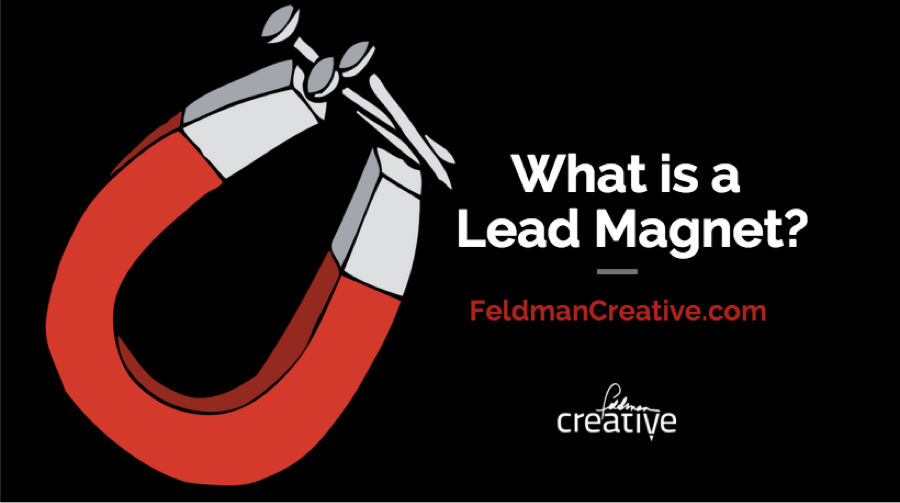


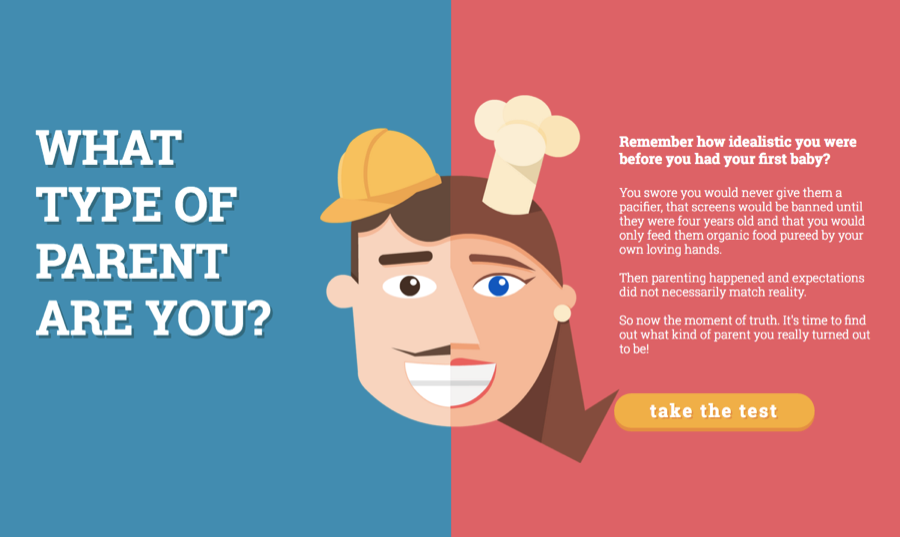
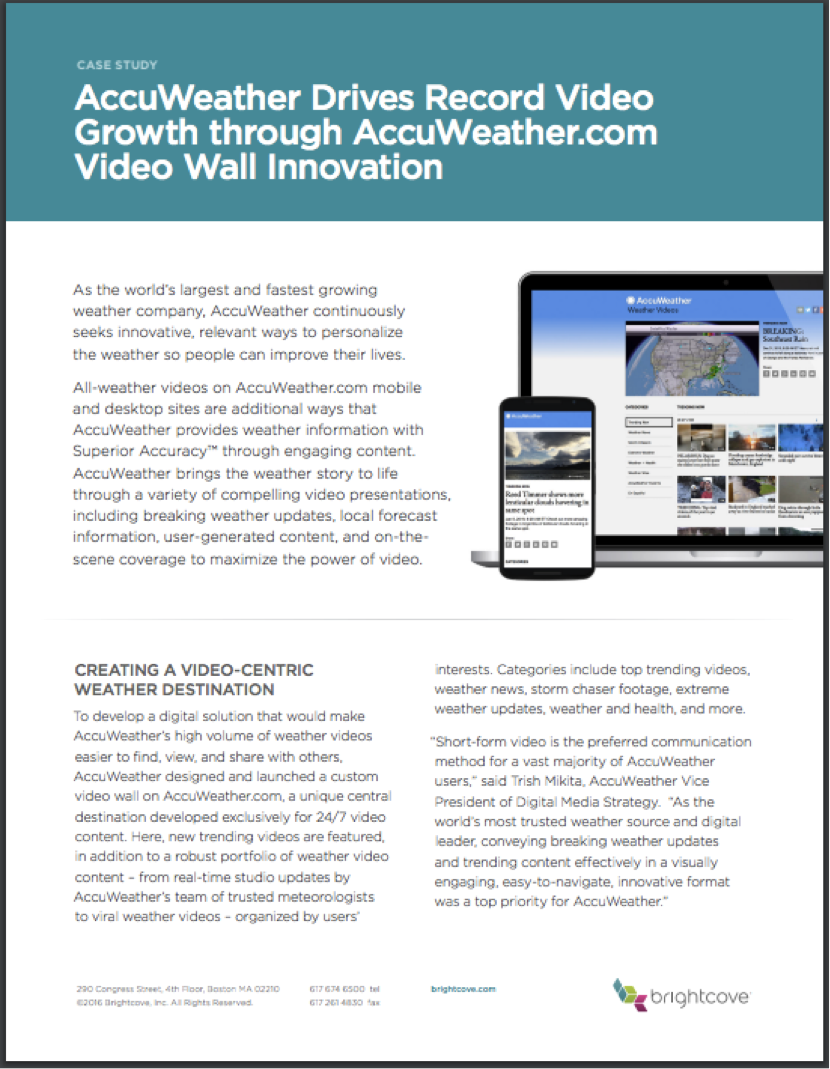
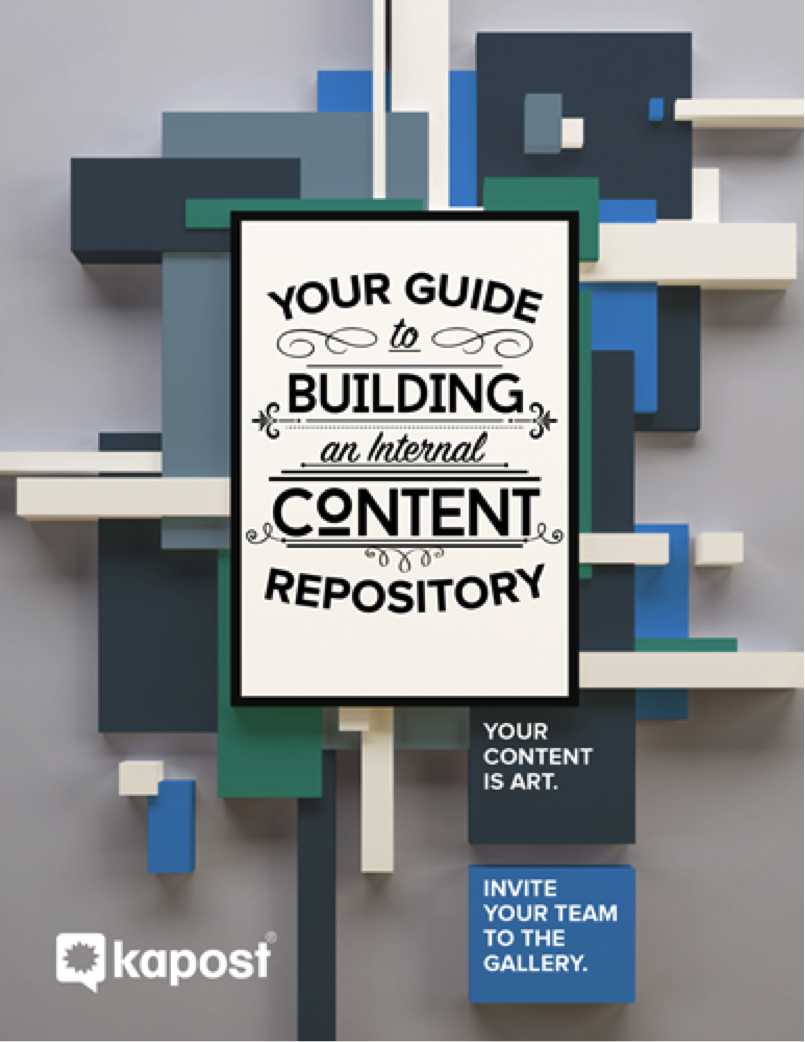


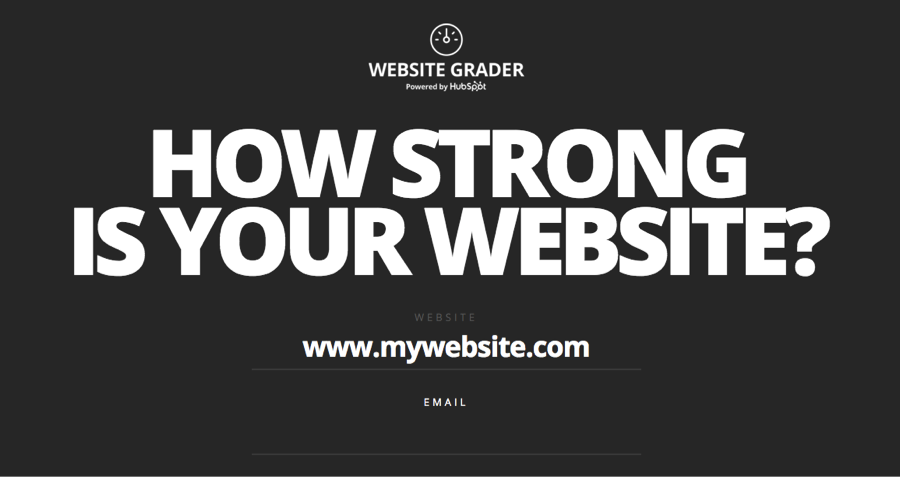
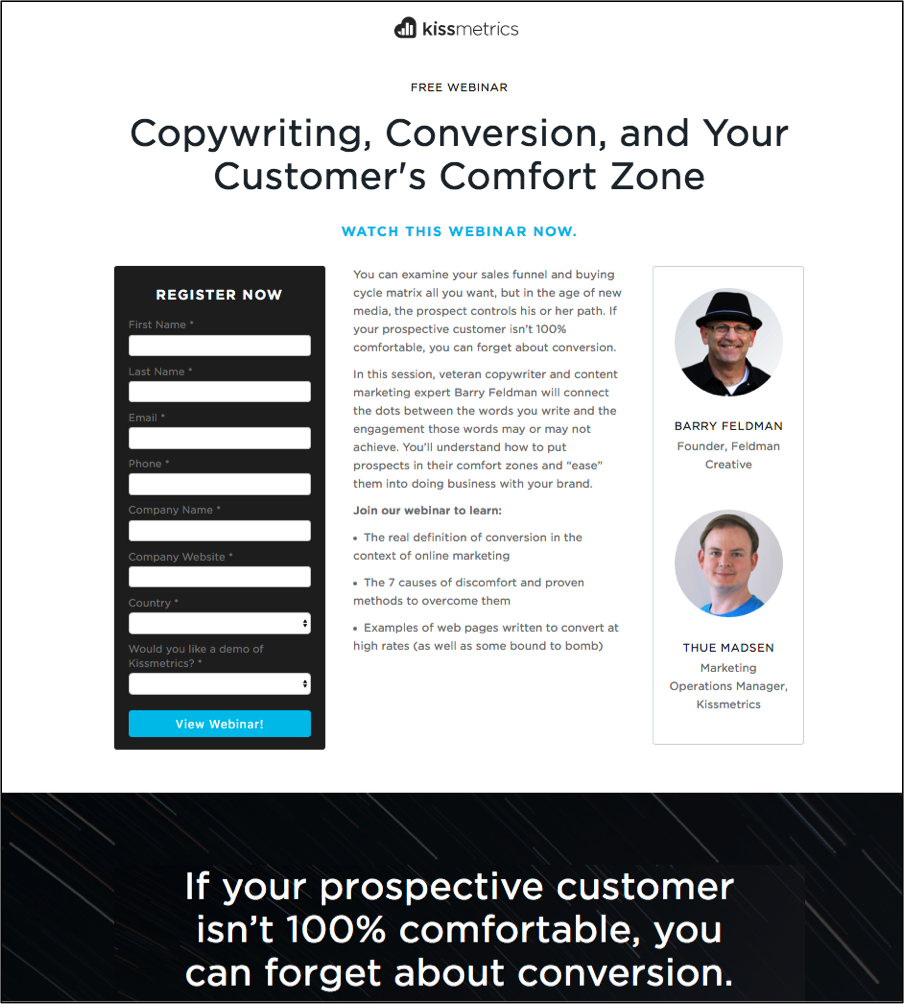
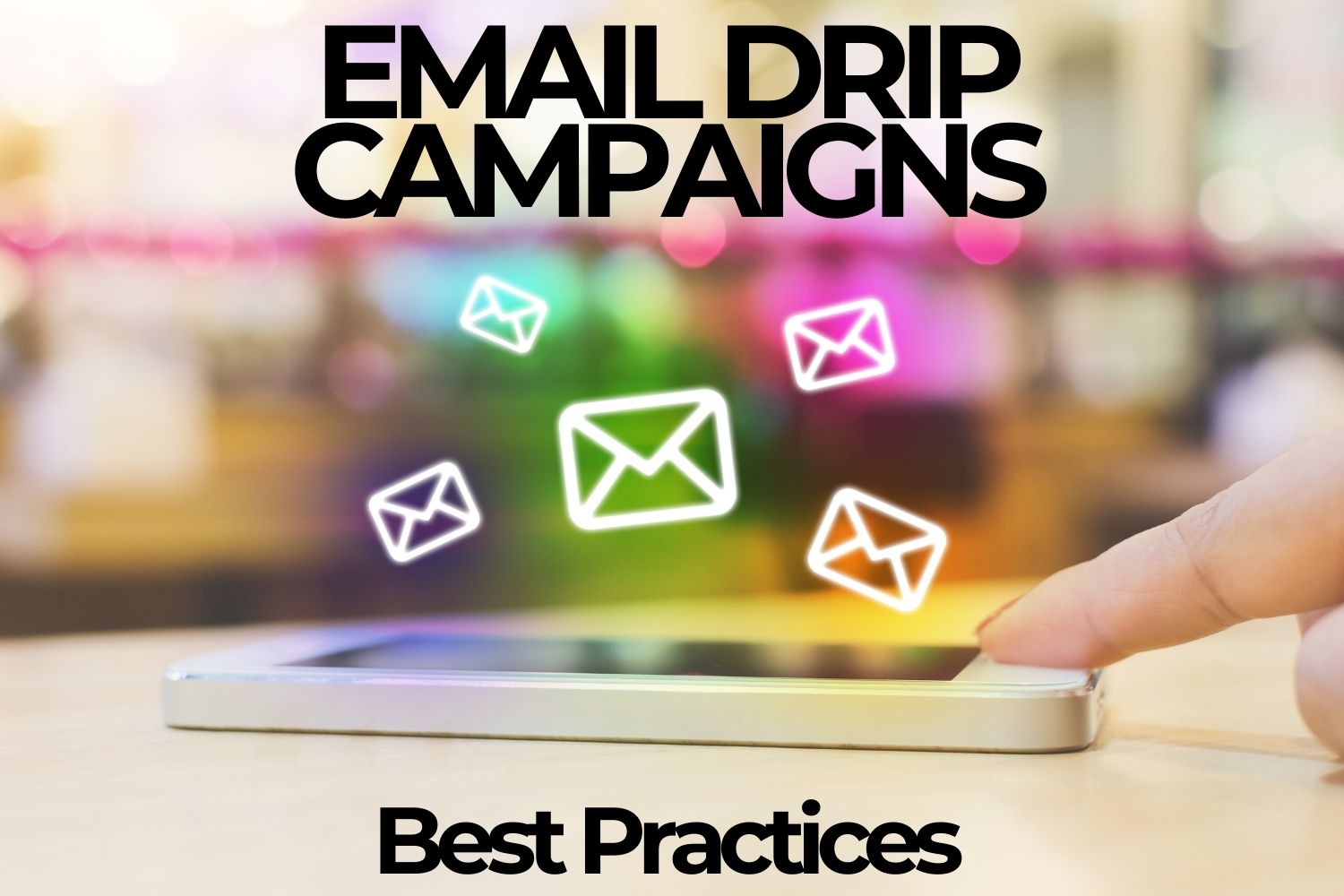
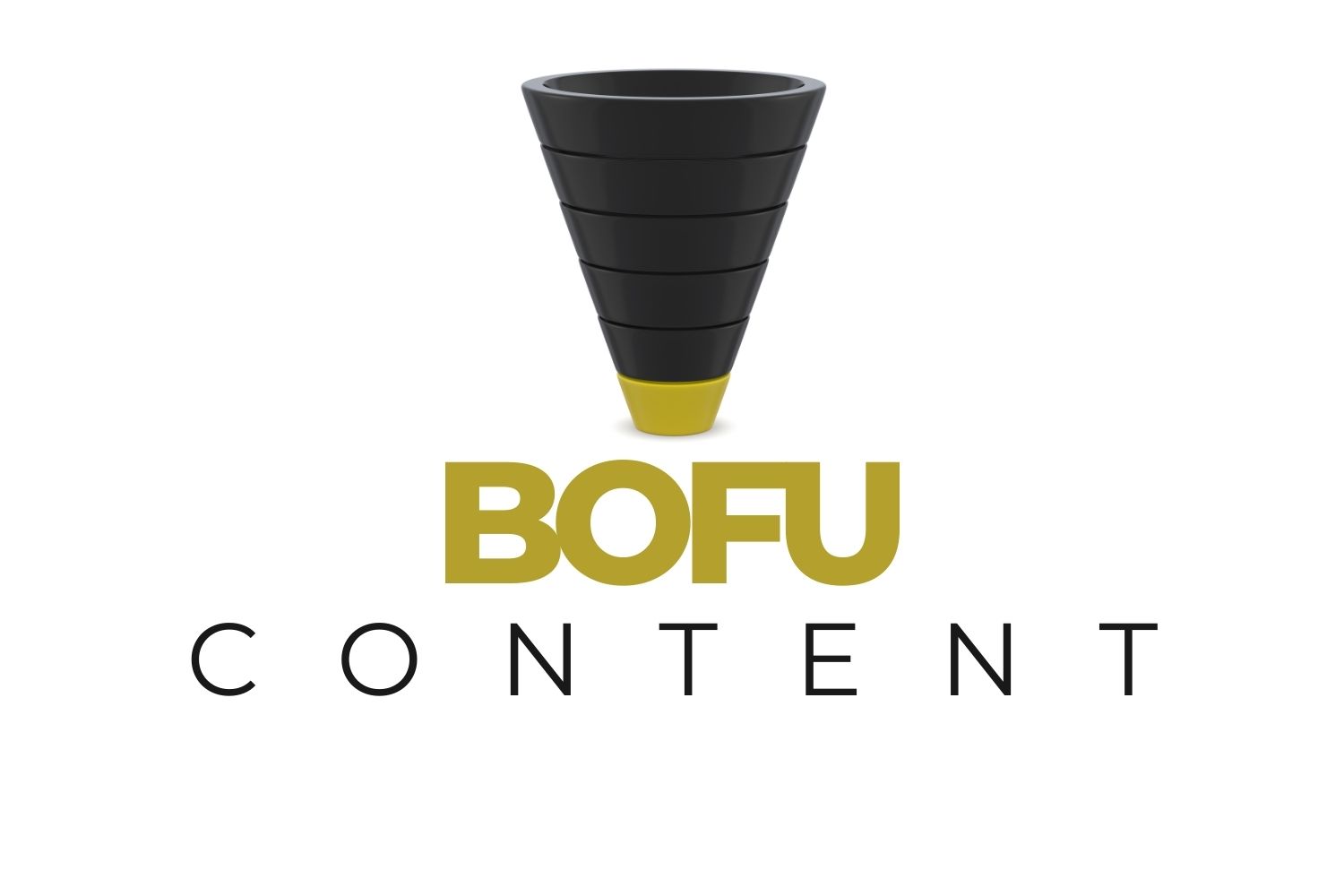
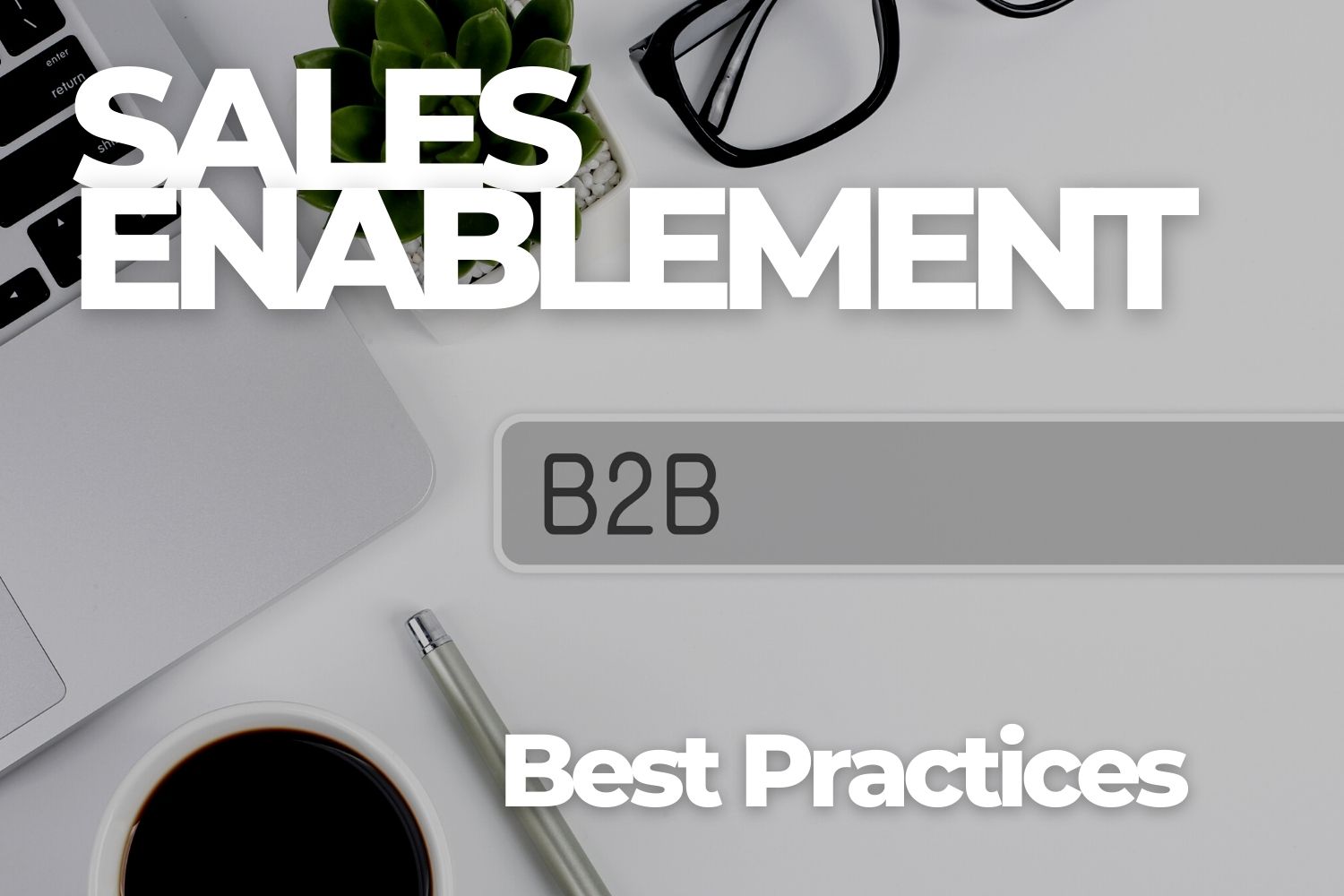

Comments
Sue-Ann Bubacz
So Barry…Like everyone, I want subscribers and work like mad to build that list and, lead magnets (working on one NOW) are the ticket, but…what about feeling like a pain in the butt? Example: what if I’m a loyal reader and have been on your list for some time, and I want today’s cheat sheet, but now I’m giving you my email for like 50 times and everything is “gated” to the extreme these days, it seems? And, sometimes, although I do get it—the marketer is trying to build a list—they publish an article and then say at the end, I left something more out, so give me your email to get it; bugs me more than makes me want to sign up!!? Any thoughts?
I just added 3 new eBooks available to download from my site and I thought about using them as lead magnets instead of just giving them as a resource. Ultimately I decided, in part cause I’m tired of everything being so gated, to just offer the free resources to people. Maybe these nice offers for nothing will gain goodwill and lead to a subscriber, anyway.
Well, hope your weekend is a great one and thanks for all your hard work and good stuff! Take care, Sue-Ann
Barry Feldman
I don’t have a great answer. I think entering your email is a small price to pay if you want the content. From the host’s point of view it helps ensure the information entered is accurate.
I suppose another approach is creating a membership site.
And, of course, the non-gated approach you’ve taken has its merits.
Jack
Great Article !
How To Start A Business Support Service (7 Simple Steps)
[…] word of caution: As per my experience, direct ads don’t work that well. Instead, offer a lead magnet , collect email addresses & then target your prospects using an email […]
What is The Best WordPress Email Subscription Plugin and How To Use It
[…] You create a lead magnet. […]
Promoting Your Original Research: 29 Ways to Make Your Best Marketing Content Visible – Results Driven Blog
[…] and make nice downloads, which make them great companions to HTML pages. They are popular lead magnets. But nothing built for marketing should be a PDF only. Make a web page.And make it public. If you […]